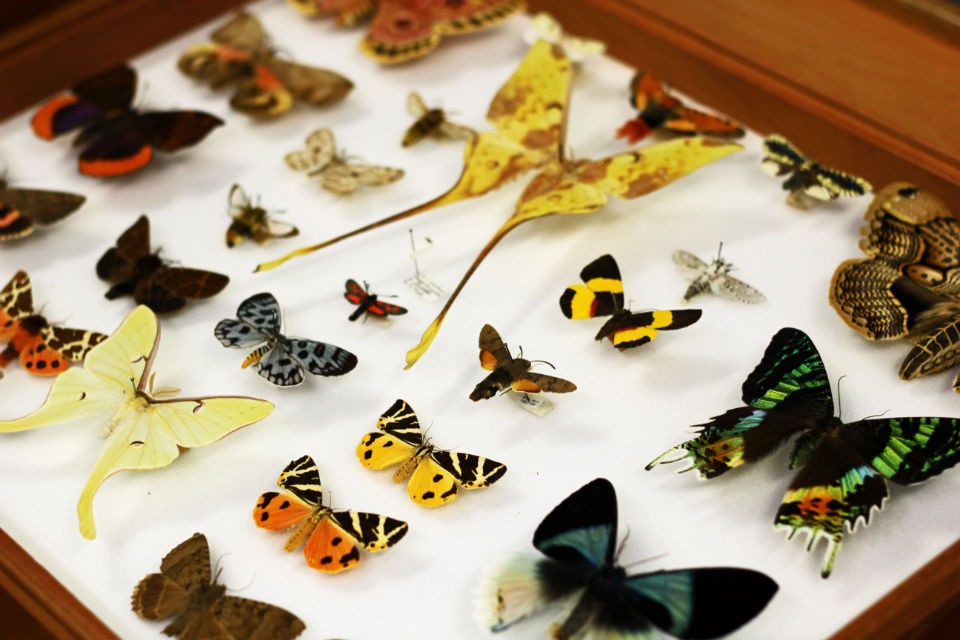20 Tips For First-time Conservation Bloggers
I started a website simply as a place to put photographs from expeditions. I never really planned to start writing, but it has slowly morphed into what you see today. I think it’s important not to follow a prescribed ‘route’ into blogging, because it’s largely about learning things for yourself and sharing them with others.
That being said, there’s a few things I know now that would have made life easier at the beginning. I really believe that the more conservation, environment, wildlife and nature bloggers out there, the more mainstream environmentalism will become. That can only be a good thing. So I hope a few of these tips help the tempted conservation bloggers among you take your first steps.
Tips For Conservation Blogging
1. Identify your thing. Businesses would call it a USP (unique selling point), but that sounds all a bit corporate. You don’t have to be totally unique and you don’t have to try and sell anything; just make a good point. Don’t pitch it too broad or narrow. It’s hard to know at the start, so just start writing and when you’ve written 10-15 pieces look for a theme running through. That will help show you what direction to take your blog in the future.
2. The content you write is more important than the layout of your blog. Really! Don’t spend hours endlessly tweaking (though if you do, look at it as a chance to learn a bit of HTML or CSS, they often come in handy later). I spent hours and hours tweaking, which is why it took me years to get any readers.
3. Publish consistently. If you have just written several posts, spread them over the next few weeks until you’ll have a chance to write again. This helps encourage returning traffic to build up your audience.
4. Blogging about an event or a project gives a nice focus. Things like expeditions are perfect because just as the experience is a journey, so too can your writing follow that journey. But remember, lots of posts about what you had for breakfast and what time you went to bed can get boring. Focus on the best bits, the story you would open with down the pub.
5. Write for your target audience. A lot of these points would make great content for a blog entitles ‘Tips for Blogging’ in general, but the target audience would be huge and I couldn’t possibly compete. My article would get lost in the molasses of similar posts like this, this or this (which is quite good actually). Far better for me to target it at you, a conservation audience, where it might find people looking to blog, whom also have an interest in wildlife. These are readers that are likely to stick around and read the rest of my site too.
6. Be quirky. It’s OK to stand out. There are no ‘rules’. This is the most original blog I’ve seen in ages.

7. You don’t have to please everyone, just your audience. It doesn’t matter if that audience is small. Conservation blogs will never have as many readers as fashion or sports blogs (but we can hope!).
8. Be controversial… There’s nothing like stirring up a topical or difficult issue to attract readers, but it’s a dangerous game. I’ve written about the importance of GM crops a few times, and why organic food is a well meaning, but misguided luxury. That attracts a lot of comments and sometimes disagreement. Though it’s not because they are especially unusual views, it’s more because I and most of my readers are conservationists, and those views are unusual amongst our demographic.
9. …but do be honest. The obvious reason to be controversial is that it’s great click bait – people are likely to read it simply to find out what you’re going on about. That’s not very ethical or sustainable. But there is still a good reason for putting odd, or unusual views out there (assuming you have them), because occasionally, this is where great ideas come from and this is how movements like conservation make progress. They talk. Blogging is a great way to start new conversations.
10. Don’t be too hard on yourself. There will be folks out there that are vastly more successful, and you’ll wonder why your latest article is languishing with 8 measly views. Don’t spend too long measuring your own success against the achievements of others, get writing instead.

11. Publicise your blog once you’ve written a few articles. Not straight after your first. Friends are great and will check it out, but a blog with one page and one article doesn’t make people stick around for long. Make your first impression impressive. Good things take time.
12. Be persistent. Blogging is a slow, slow game. Barely anyone read my blog for the first two or three years. There were points where I largely stopped writing. But then, slowly, these things start to take off, you get emails from interesting folks around the world, people start linking to your articles and you keep going. One day, when you least expect it, someone big might pick up an article – like this!

13. Simple design is best. Make sure your blog is readable if you want people to read it. If you must experiment with the design, then make sure you have a sensible font, and sensible background colour. If it takes too much effort to read, then people won’t. Sidetracked is a great example of a simple, but stylish design.
14. Quality over quantity. If you can’t churn out three articles a week, then don’t. Focusing on writing articles that will still be worth reading in a year or two.
15. Offer readers similar articles that they might find interesting. For example, tips on increasing your blog readership or how to set up a conservation blog. See what I did there?
16. Include images, preferably your own. Most readers would find a wall of text off-putting, photographs really add to the story. Everyone has seen stock images, too, so use your own even if you’re not a professional photographer.
17. Read at least three times as much as you write. Follow other blogs, keep an open mind, develop new ideas. This helps keep your writing fresh and interesting.

18. Remember, that you don’t have to blog about everything. I don’t just mean an Instagram of last nights dinner, it’s fine to selfishly keep some experiences as your own personal memories.
19. Try to be helpful. Build resources like this to make others’ lives easier, especially in conservation.
20. Credit other people’s ideas. It’s easy to post a link back to another website. Al and Tim are two of the people that inspired me to start blogging (I don’t think I’d be doing it if it wasn’t for them), so my site is littered with links to their articles.


